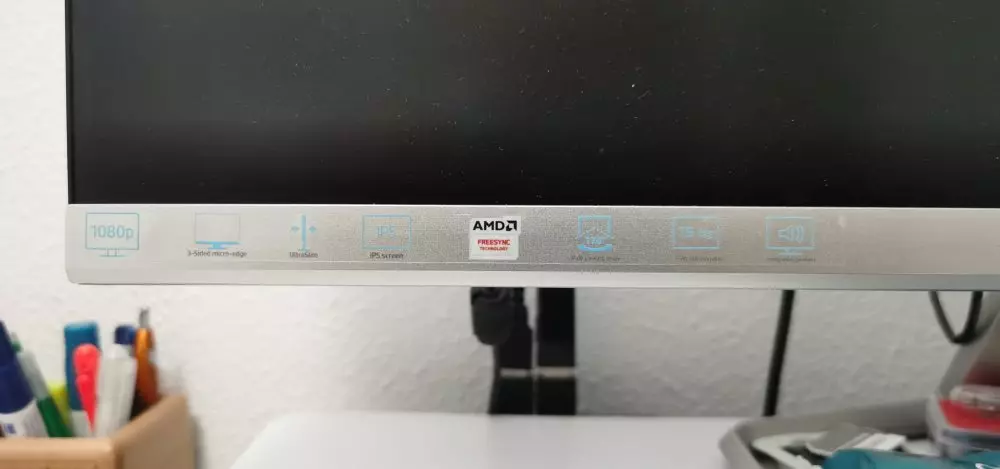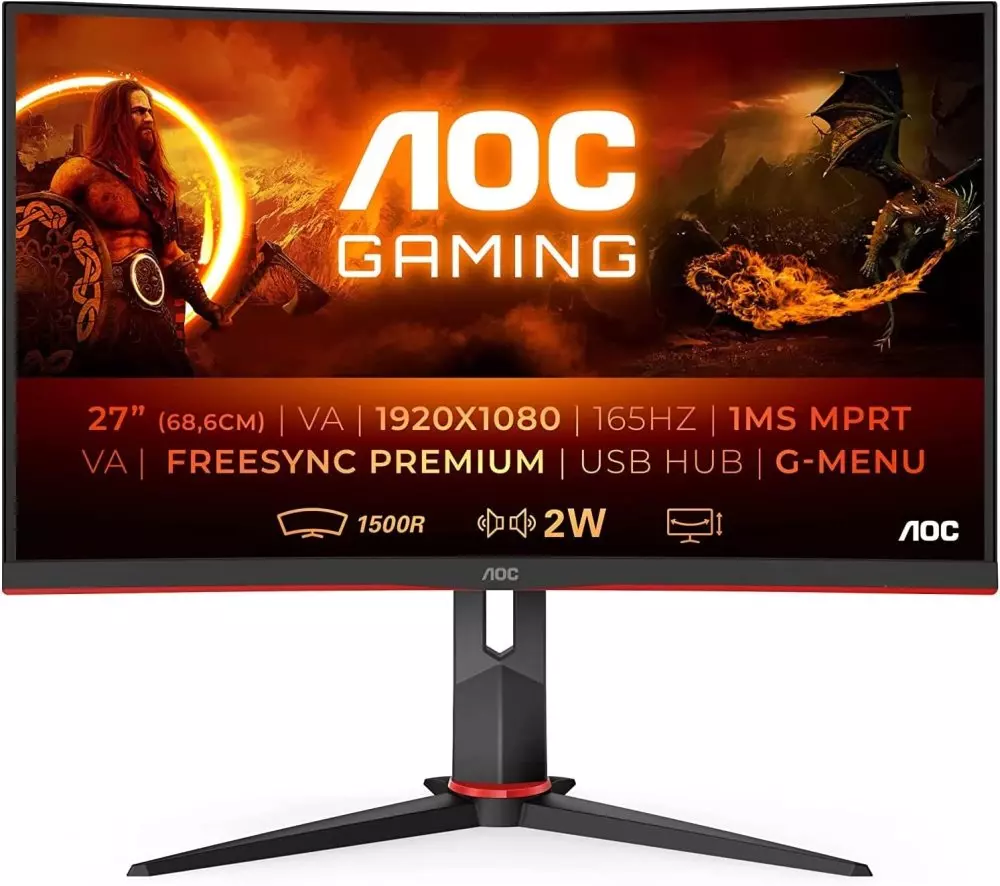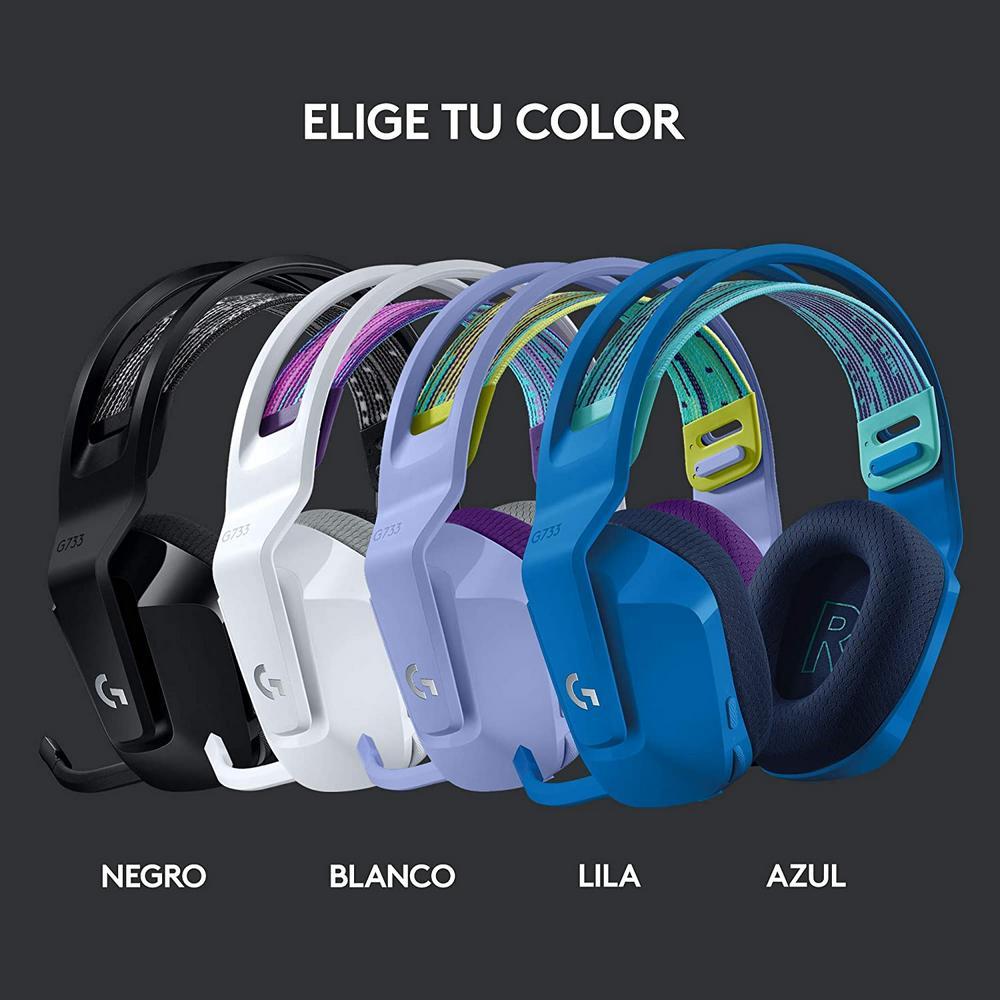
Buying a monitor, whether “normal” or gaming, has become a nightmare. We can find many different parameters, whether they are “certifications” or the manufacturer’s own technologies. The number of stickers what we found in a monitor it only makes them grow, but do we really need to pay any kind of attention to them or are they just marketing?
It has happened to us and it has surely happened to you, that you have gone to buy a monitor and you have found that if HDR, that, if it has this or another technology, etc. In the end, what we end up caring about are a few parameters, giving a damn about the rest. Without a doubt, the parameter that matters most to us is the price and then other parameters.
What matters when choosing a monitor
Realistically, when we buy a component, be it a graphics card, processor, monitor or keyboard, we look at very few parameters. It seems that manufacturers have made it fashionable to add “extras” or features that give us totally the same. A fashion that has become absurd and that only serves to make the product more expensive.
Really, when we go to buy a monitor that we care about:
- Resolution: Without a doubt he is the most important parameter and to whom we pay the most attention. In the end, this parameter greatly influences the price and our demands.
- Price: Once we choose the resolution, we will look for a monitor that adapts to our budget and point
- Connectivity: Now that we have the resolution and several models chosen, we will look for them to have HDMI and DisplayPort video connections. If it has USB, then fine, but we really don’t care, since we will rarely use them
- Refresh rate: This parameter it matters who is going to play, but it is not relevant for all users. If the monitor that meets the other requirements has 144 Hz instead of 120 Hz, then better, but in the end, it will not matter to us
- panel type: We can say that this parameter is just right. We could care if it was IPS, TN or VAbut it is now that IPS Fast, micro LED and other strange stories have become fashionable to sell us the motorcycle
Marketing nonsense that makes the product more expensive
Something that we see more and more is a string of labels or stories that we don’t care about. In many cases, this “nonsense” only serves to sell you the most expensive product. These extras that we will rarely use are:
- HDR: It is a certification nobody understands and no one really knows what to say when buying a monitor. The truth is that for gaming matters rather little
- Color coverage: Really, when you go to buy a gaming monitor and look at this parameter, do you know what it means? Do you know how much the higher the percentage, the better, but little else. It has a relative importance and in many cases, it remains to be seen if it is so.
- FreeSync, G-Sync, VESA Sync: Surely this seems crazy to you that it is here, but it makes sense. In the end, they are everything the same technology with a different collar and with glitter. Theirs would be a unification of technology and reduction to one or two variants. That FreeSync has 3 versions, G-Sync has 3 versions and VESA Sync has 2 versions, it’s a lot of variants without much interest
- They are adjustable: That it is indicated that it can be adjusted in height and angle of vision is somewhat ridiculous, since is REQUIRED on all monitors
- Vision angle: Let’s see, the monitors are designed to be seen from the fronttherefore, what do I care that it has a viewing angle of 178º?
- Windows Compatible: Of course, this is the stupidest tag in the world The monitor does not give a damn if you use Windows, Linux or PepitOS, since in the end what it does is reproduce the image sent by the graphics card. totally absurd
- Without frames: This is another one of those absurd labels that makes no sense and has become fashionable. It is indicated that the monitor does not have side frames, which is false, since there is no monitor without frames. Can you tell me it’s 3mm, but Marcos has
- What is slim: May has screwed us with the flowers, of course he is thin, above all, if we compare it with CRT monitors
VESA ClearMR, one more totally useless certification
This is the latest certification by VESA, who is in charge of the standardization of different technologies. They have created a certification on the clarity of a moving image onscreen. It is intended to determine if a screen is too blurry to play.
According to VESA, this new certification would come to replace response time which, according to this certifier, is obsolete. Indicates that pixel response times displayed on actual gaming monitors are artificial. They have divided it into categories CMR 3000, 4000, 5000, 6000, 7000, 8000 and 9000.
They are not really wrong about the response time, but the reality will be that we will have another “sticker” that does not contribute anything. Also, this parameter measures how many bright pixels there are relative to blurry pixels. But, it is not measured in percentage, which would be easy to interpret, but rather a range of times is established that we have more clear pixels than blurred ones. For example, if we have 10 pixels of blur, we would need to have 650 pixels of light to receive a CMR 7000 certification.





